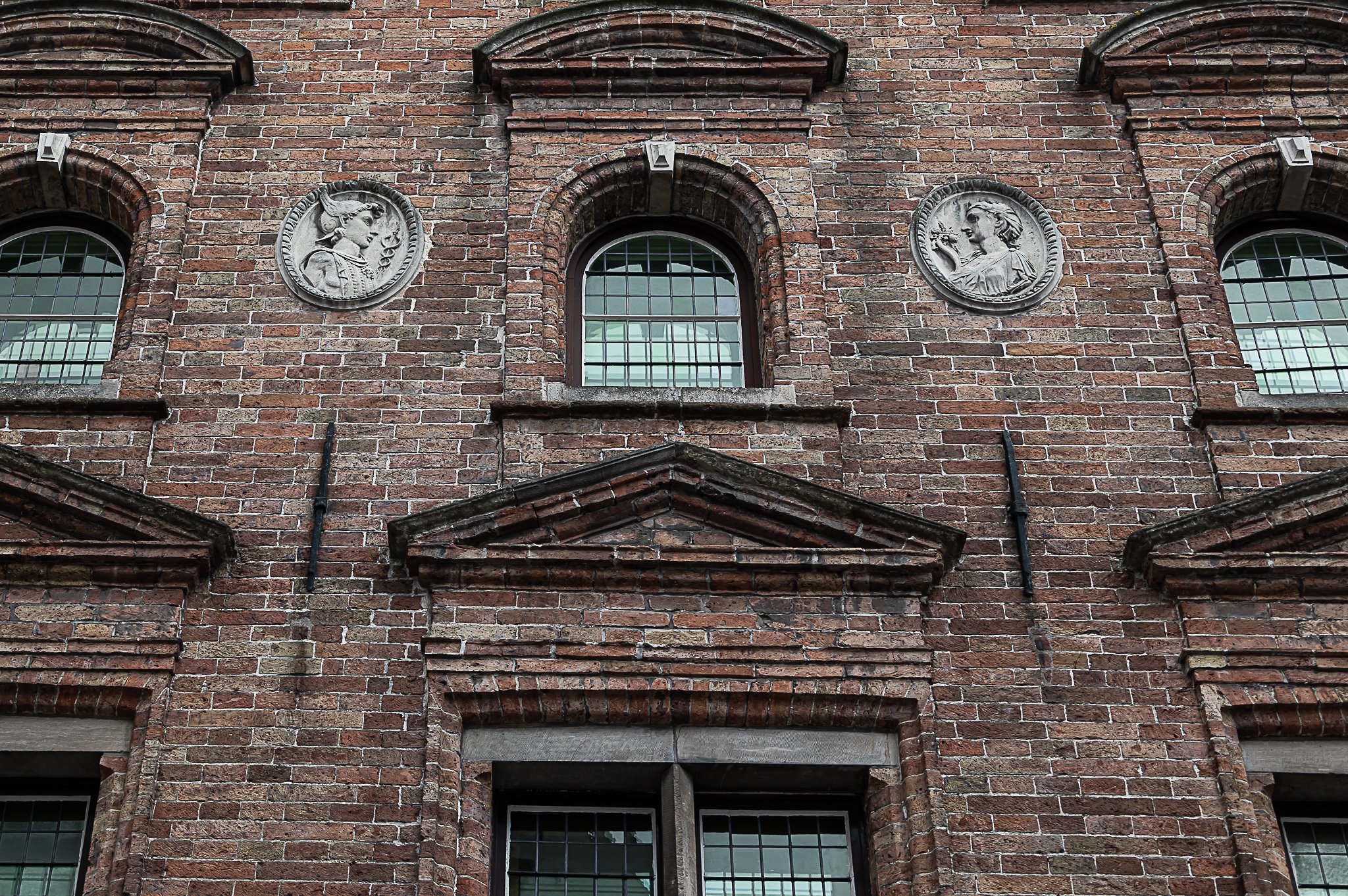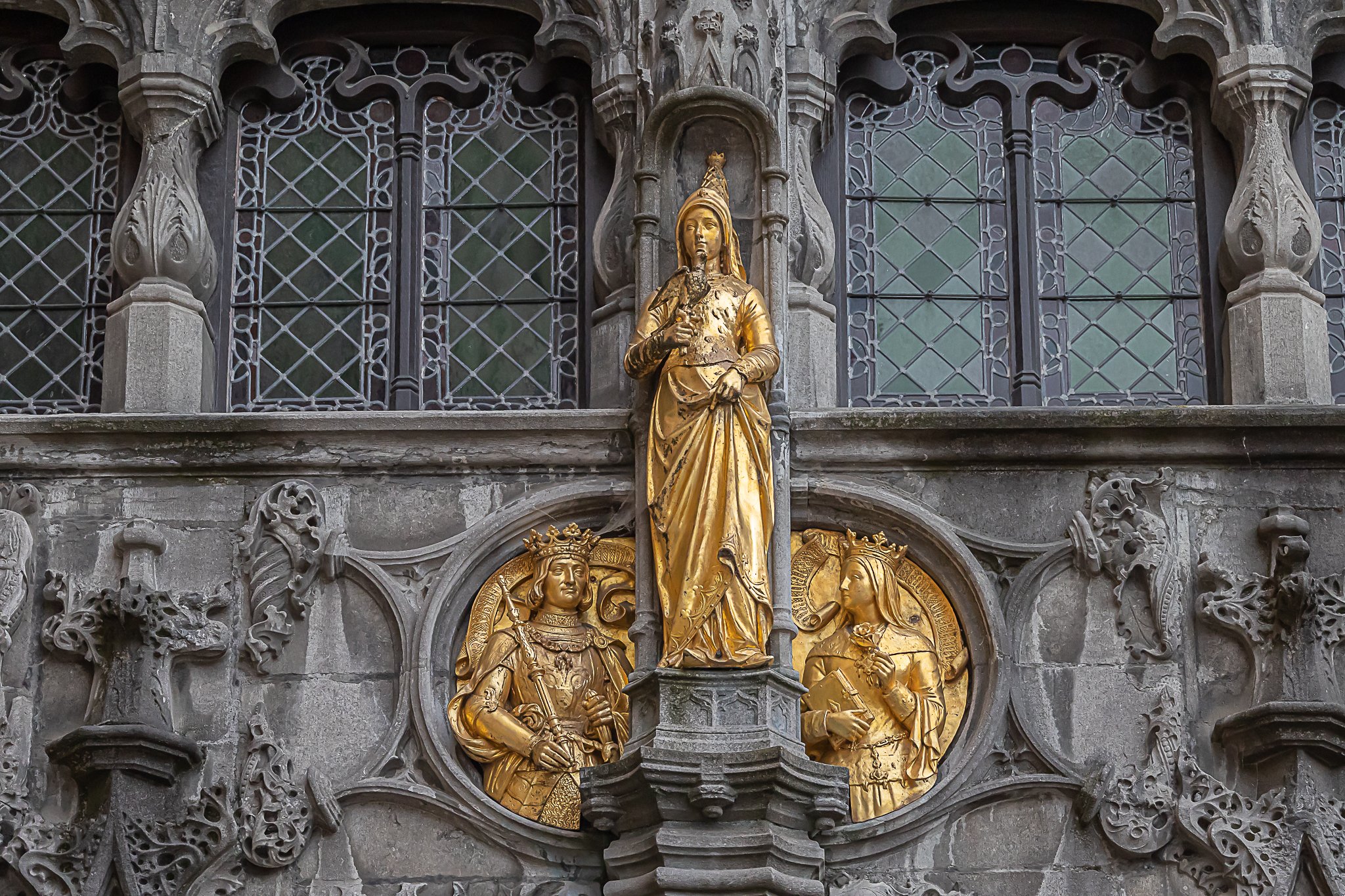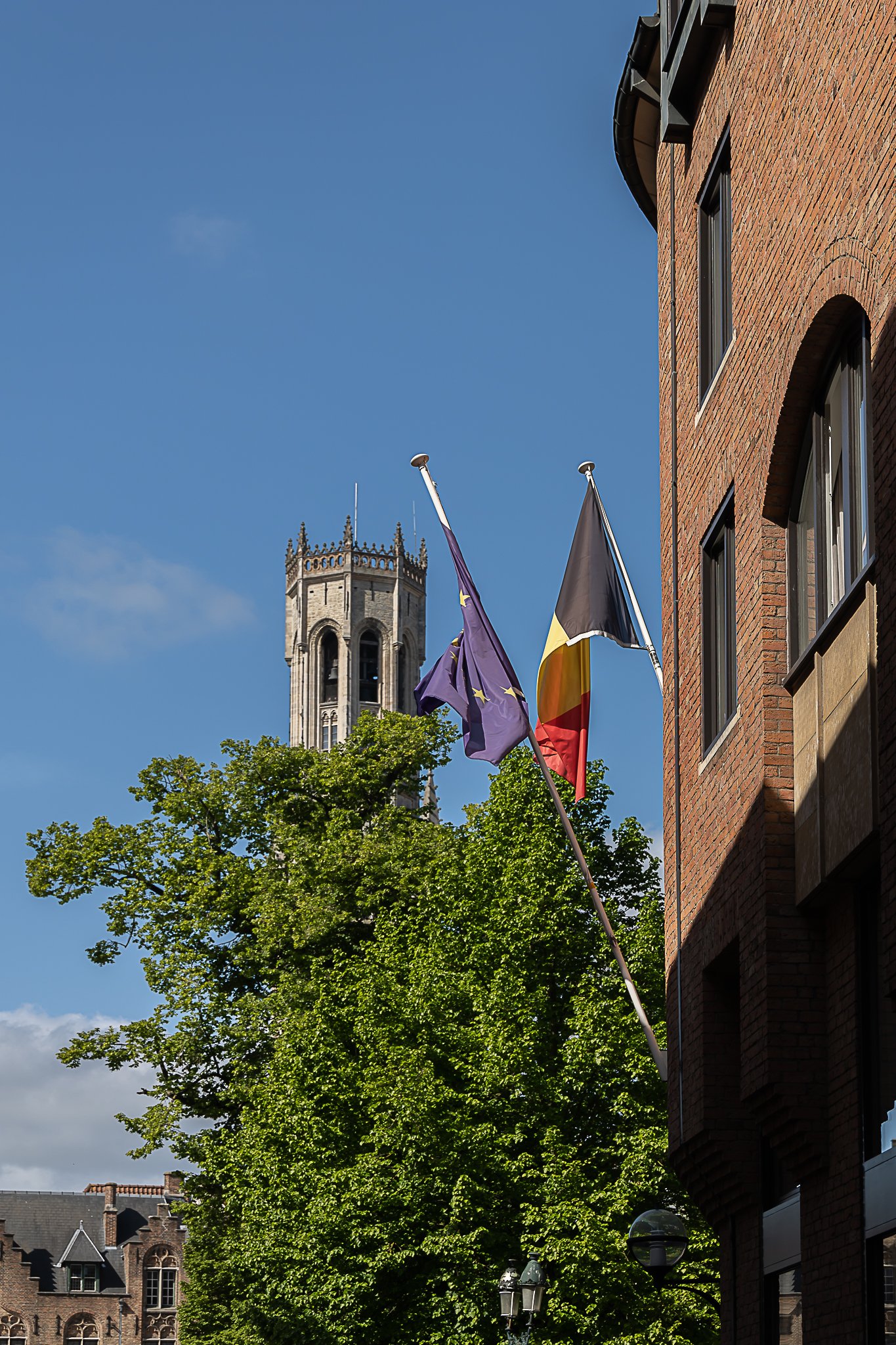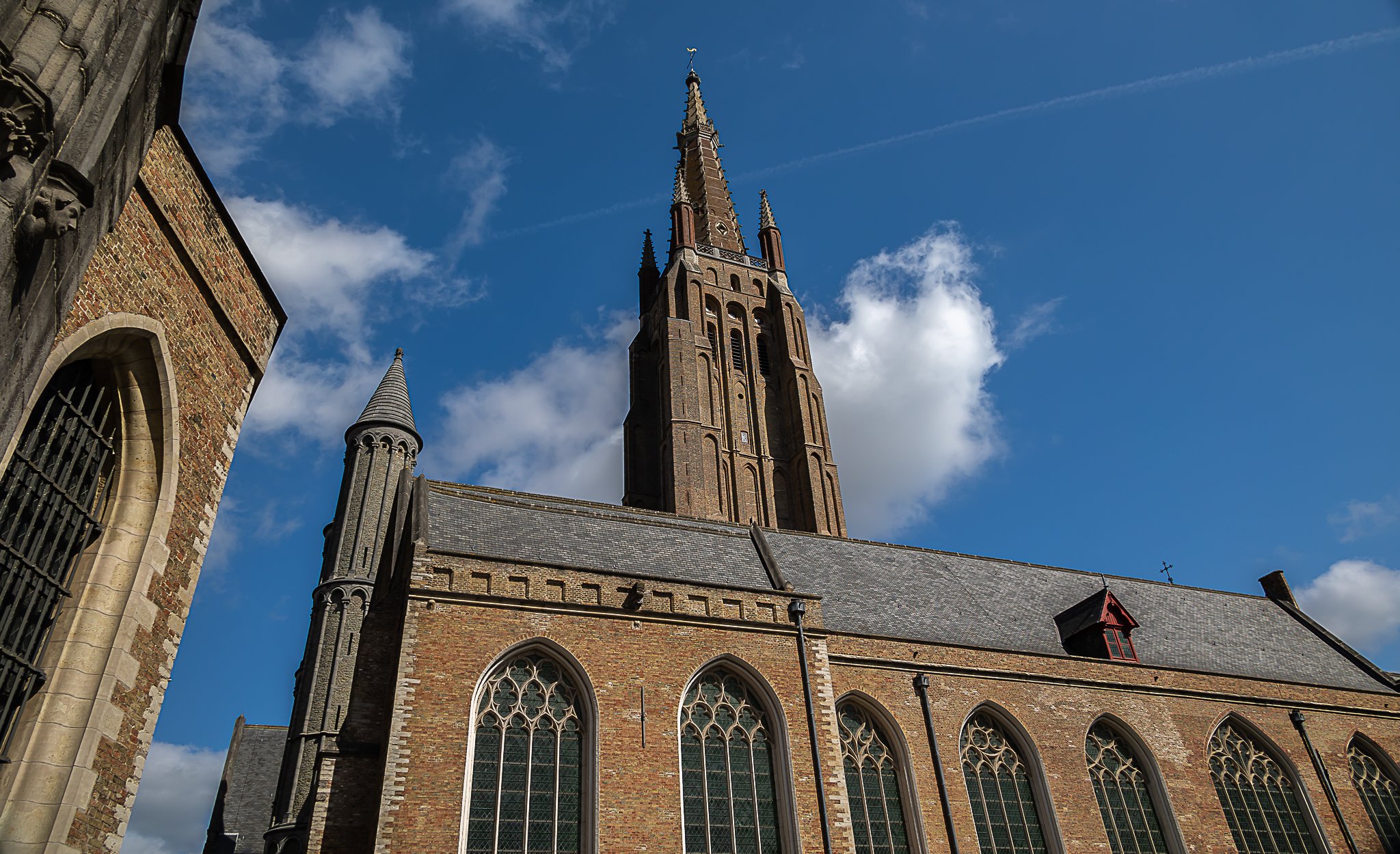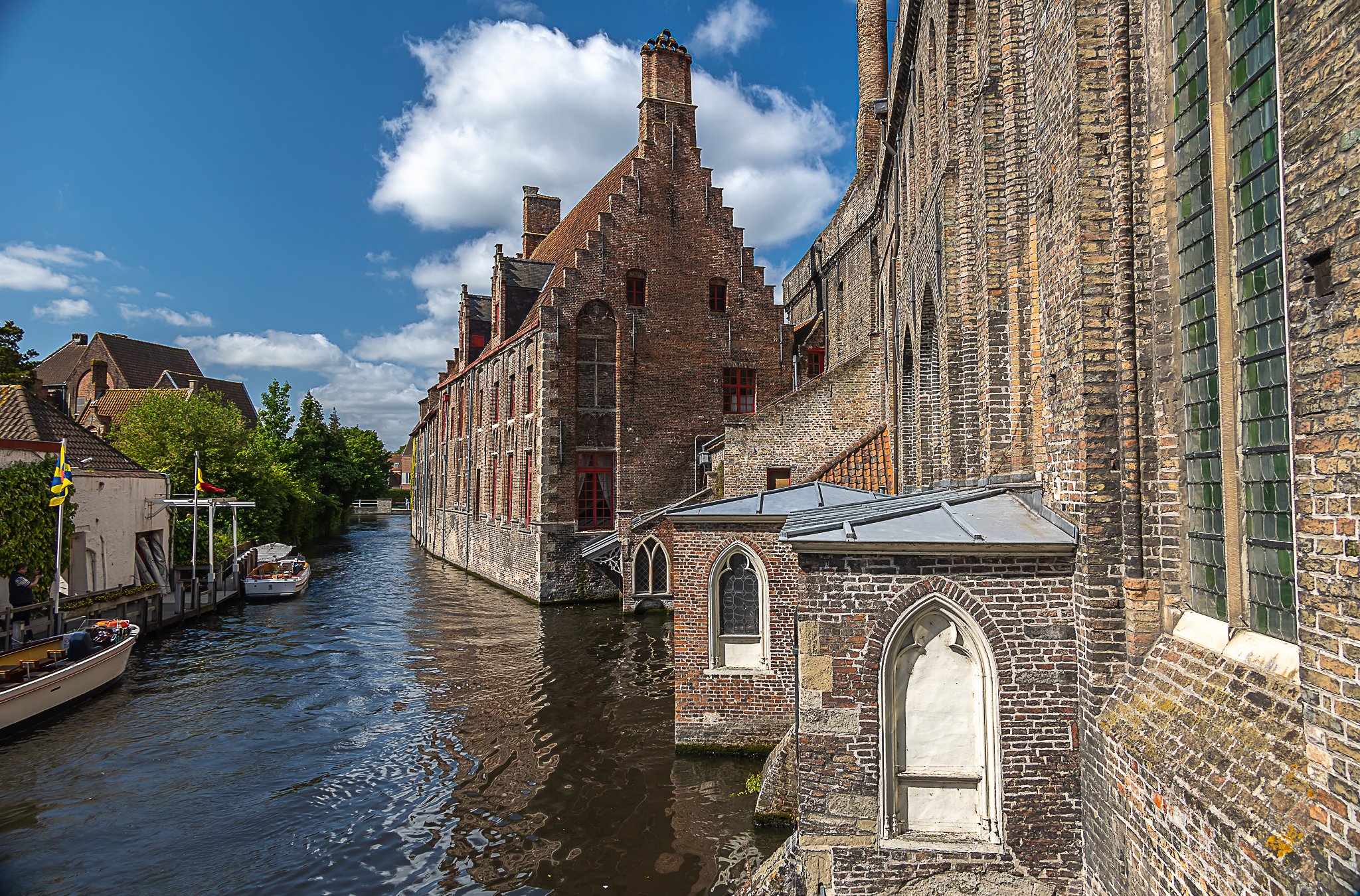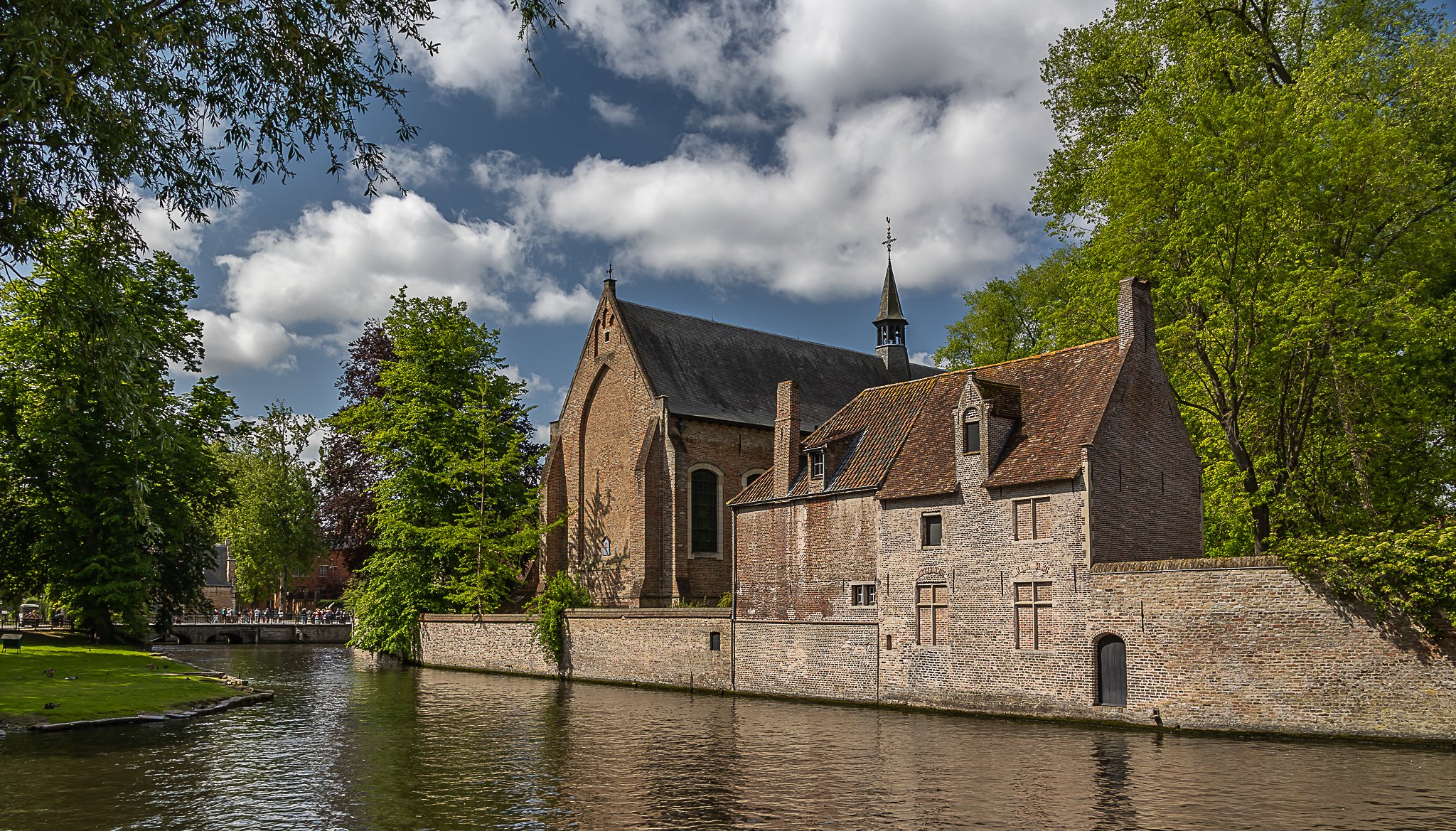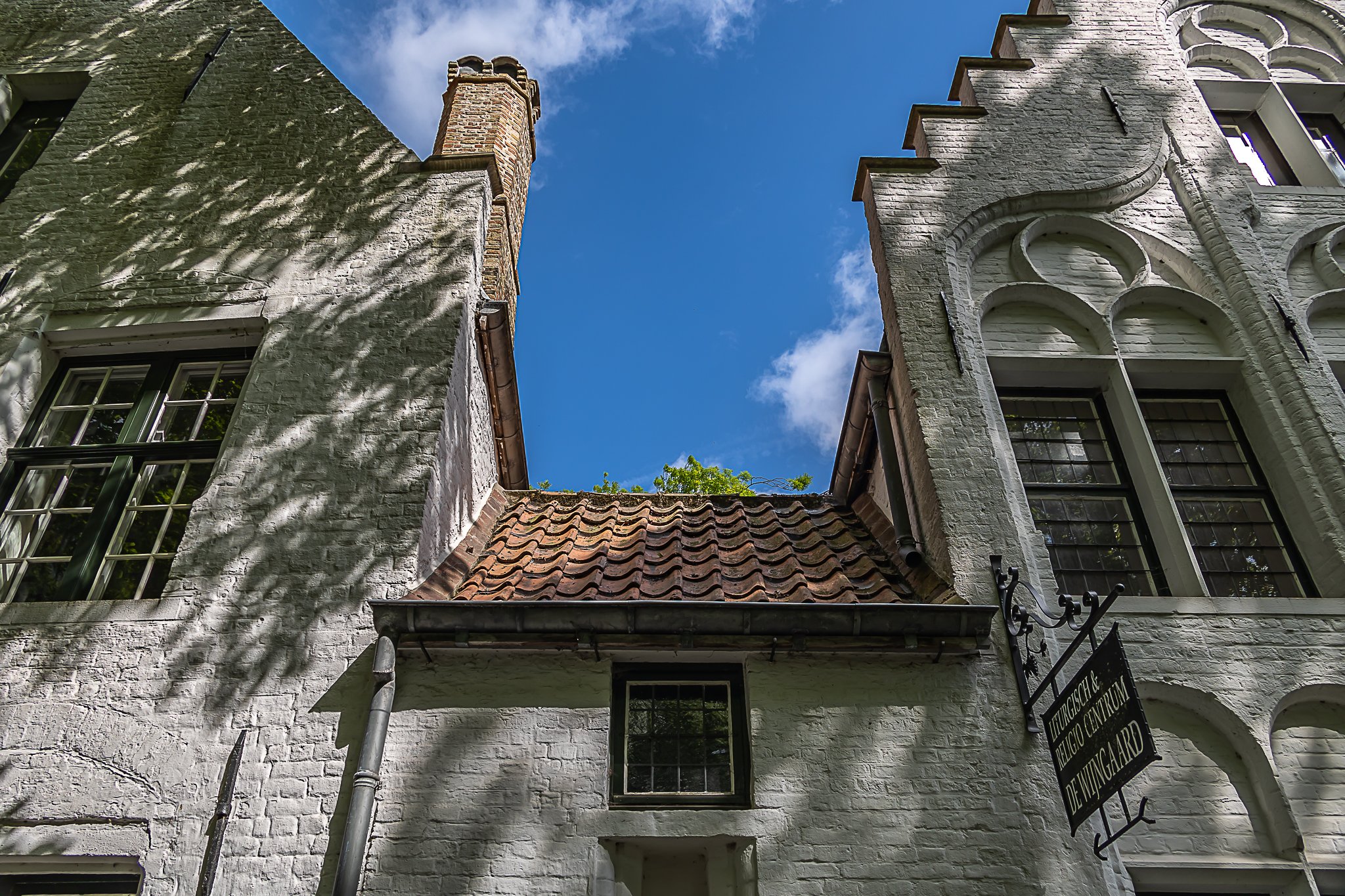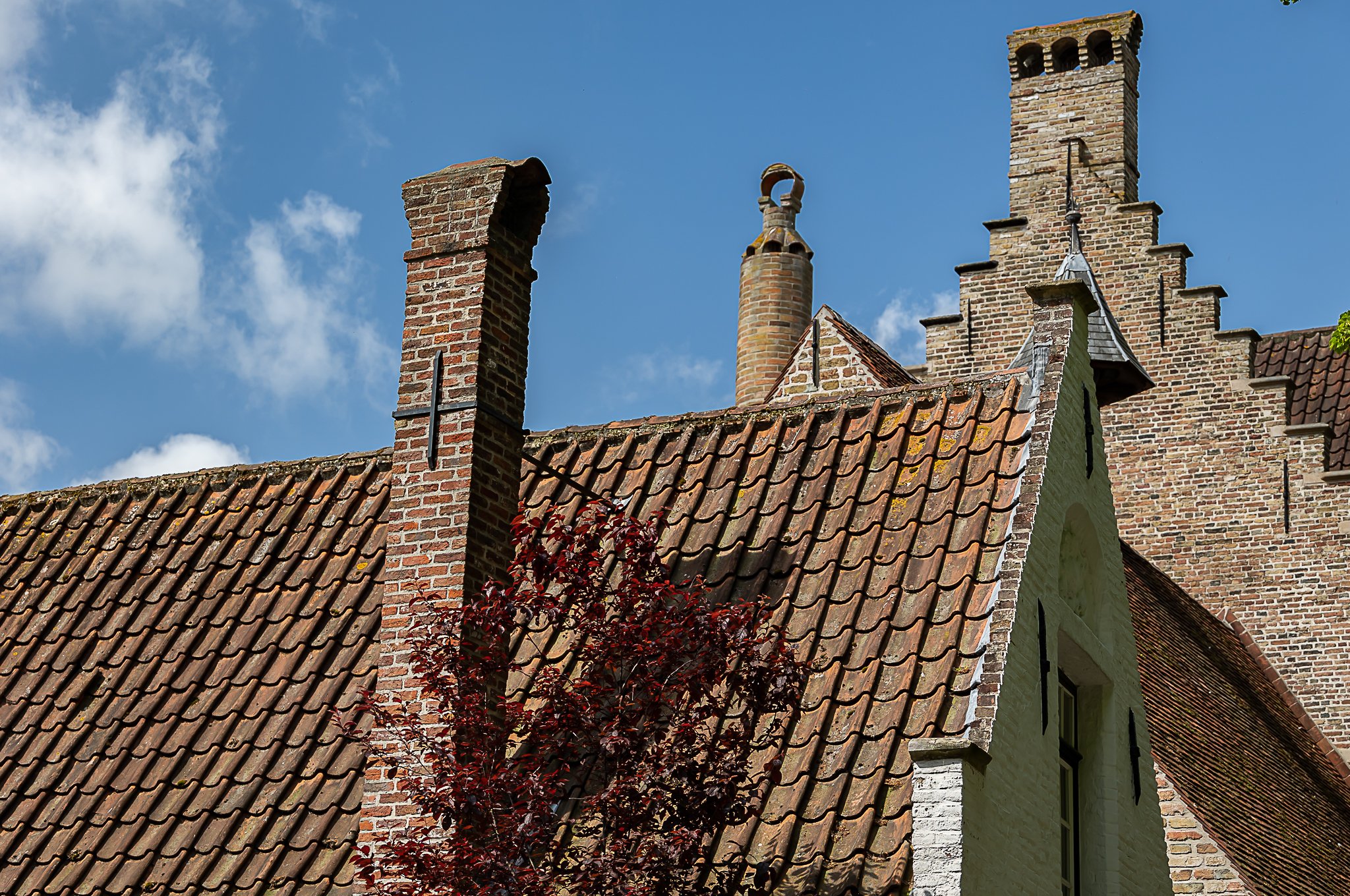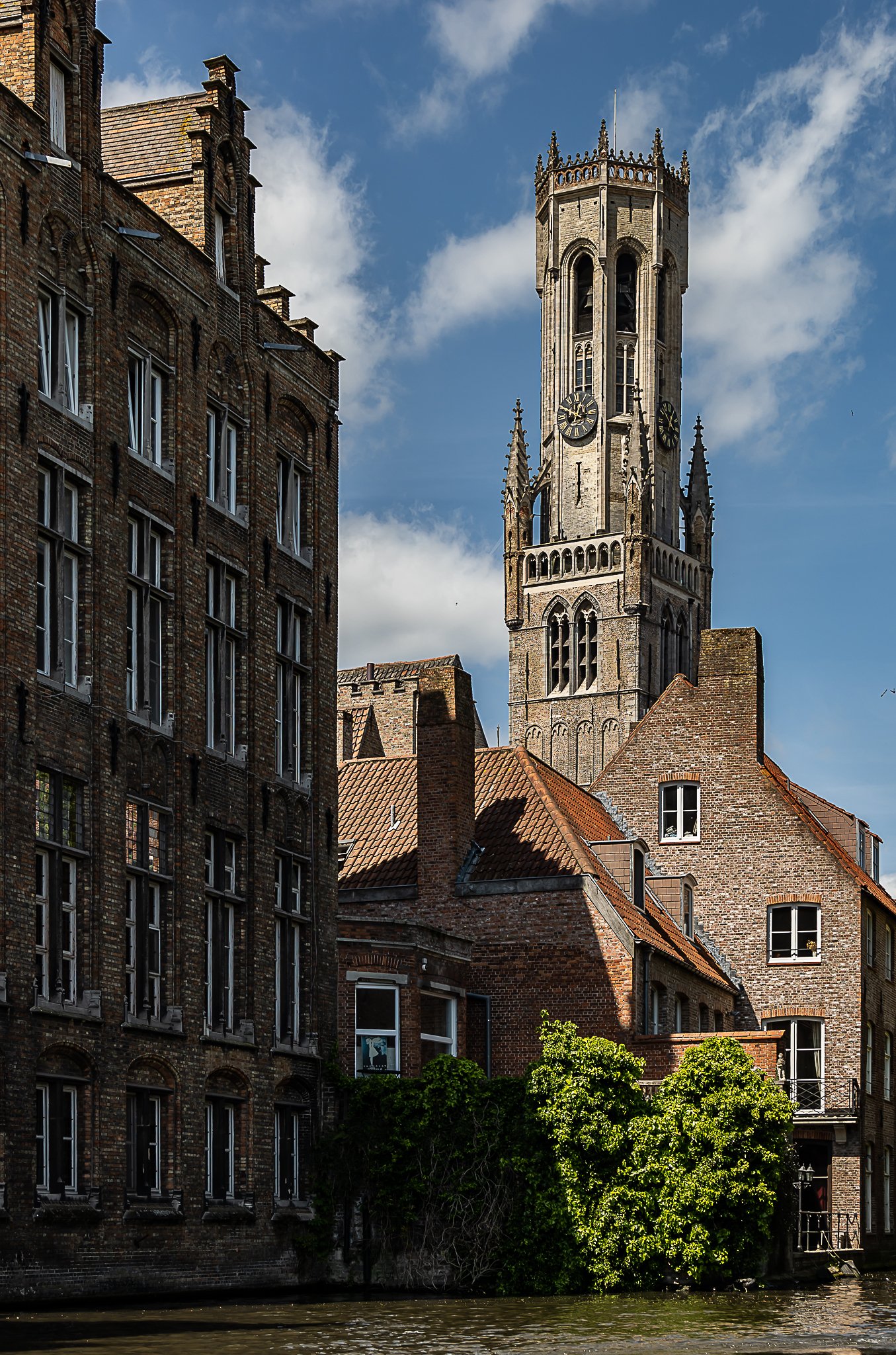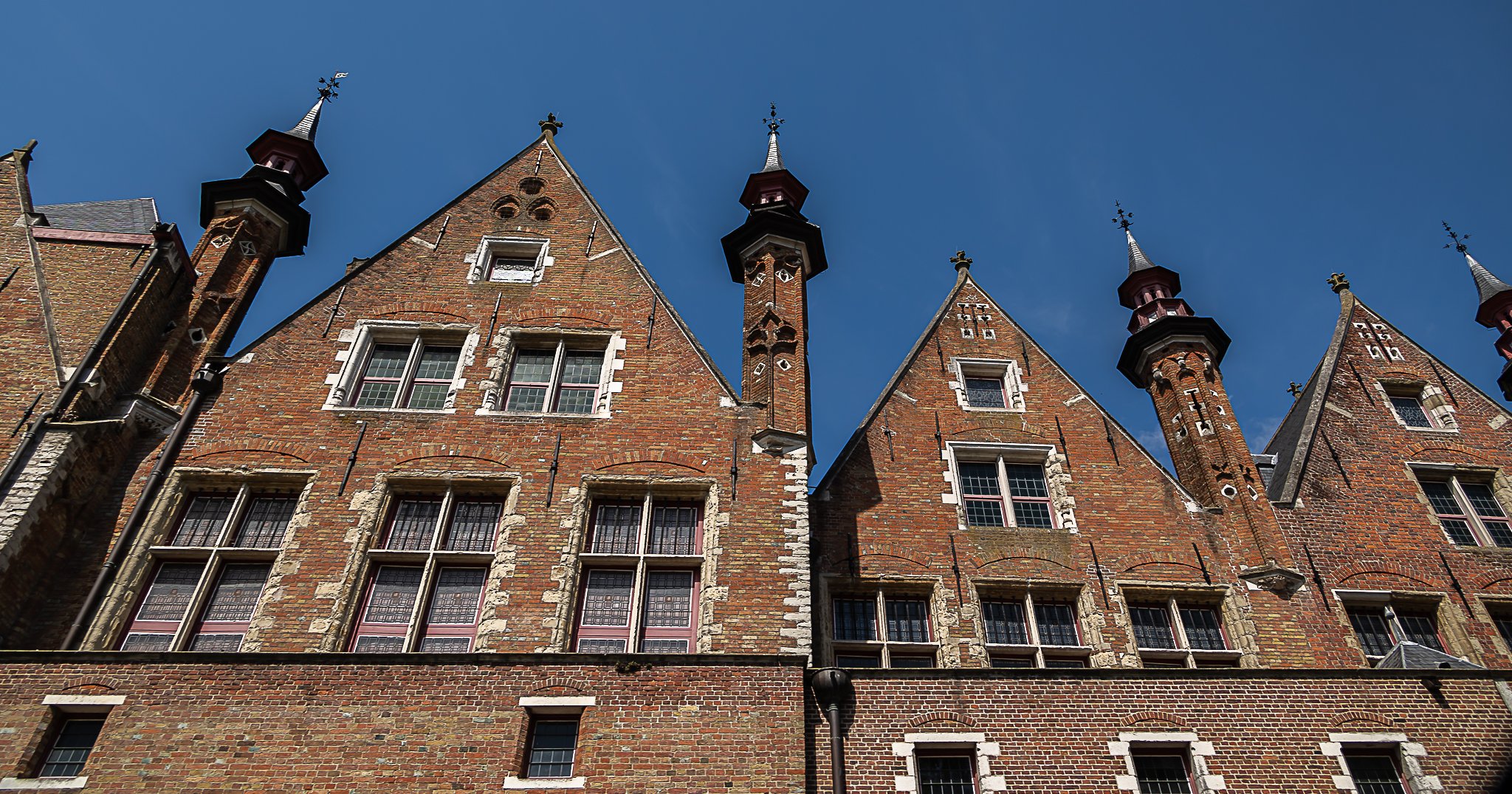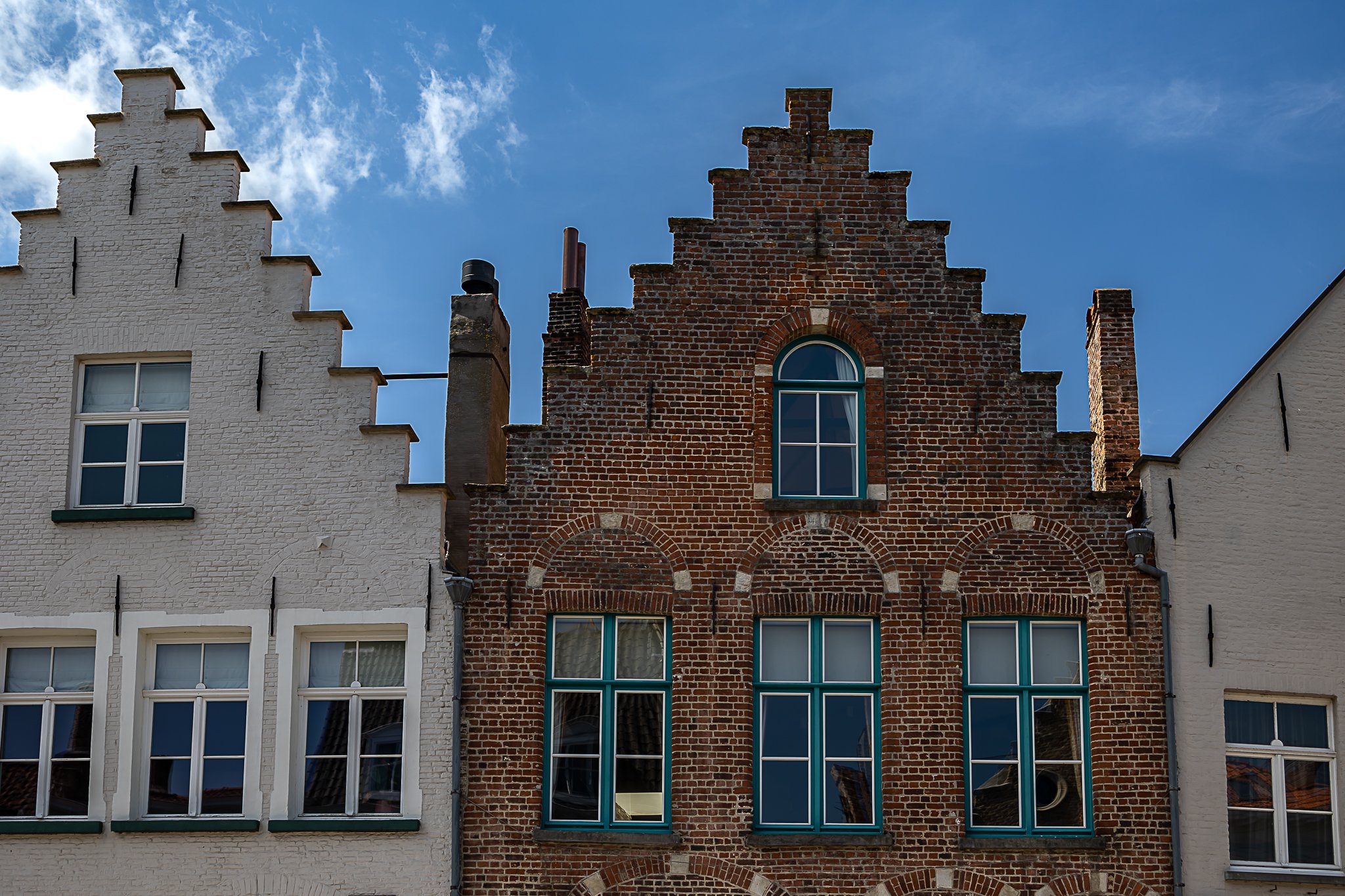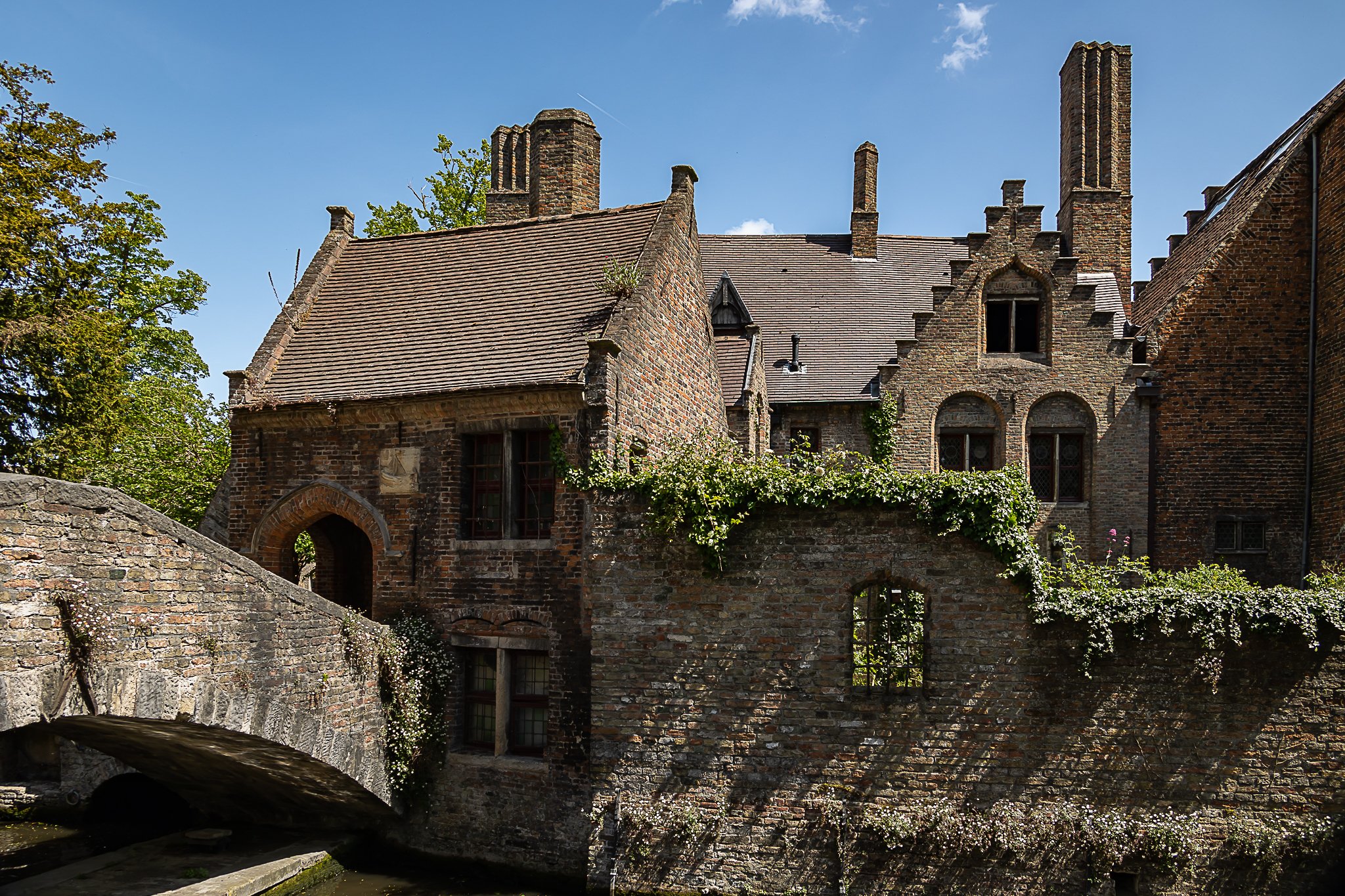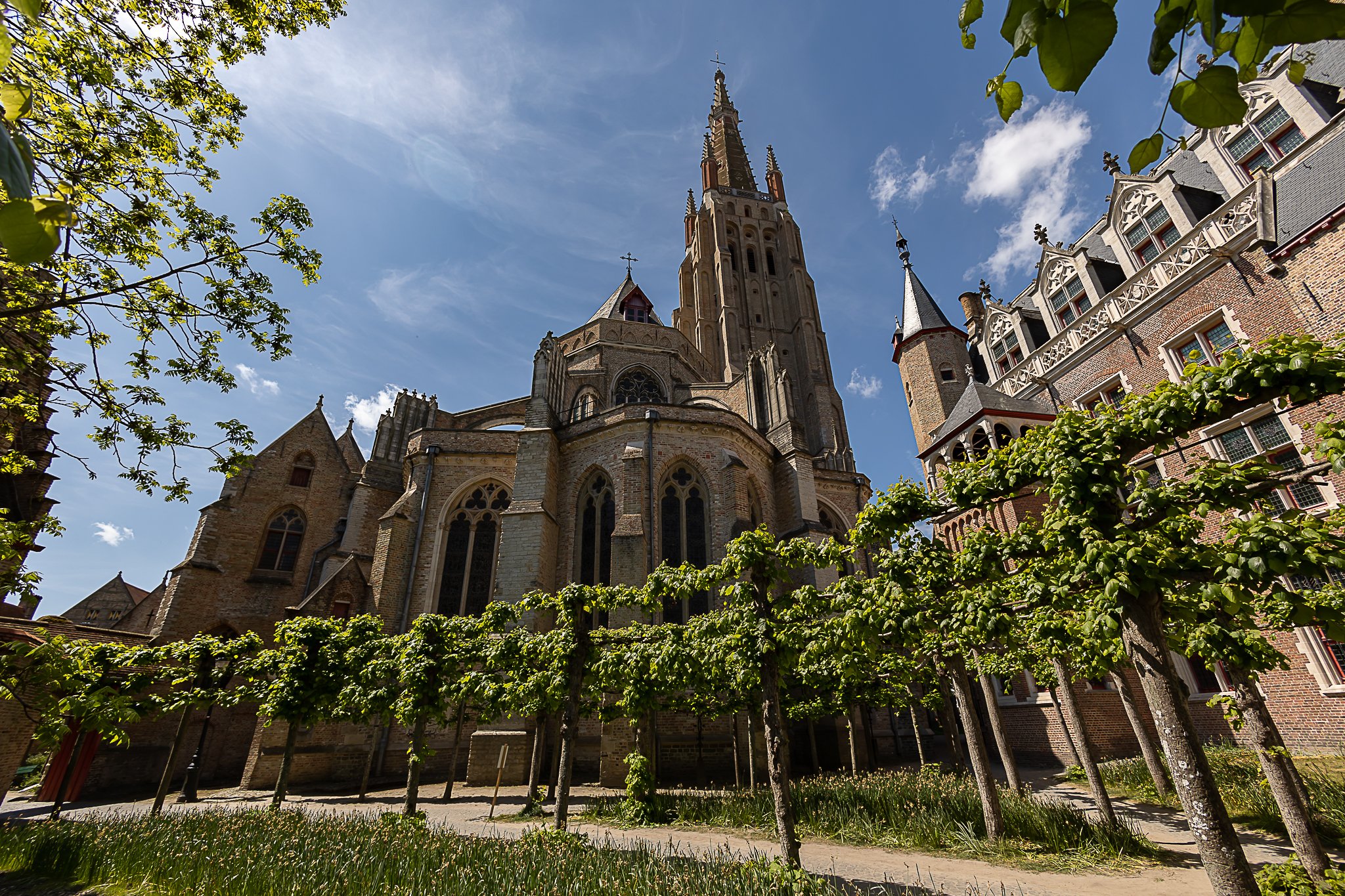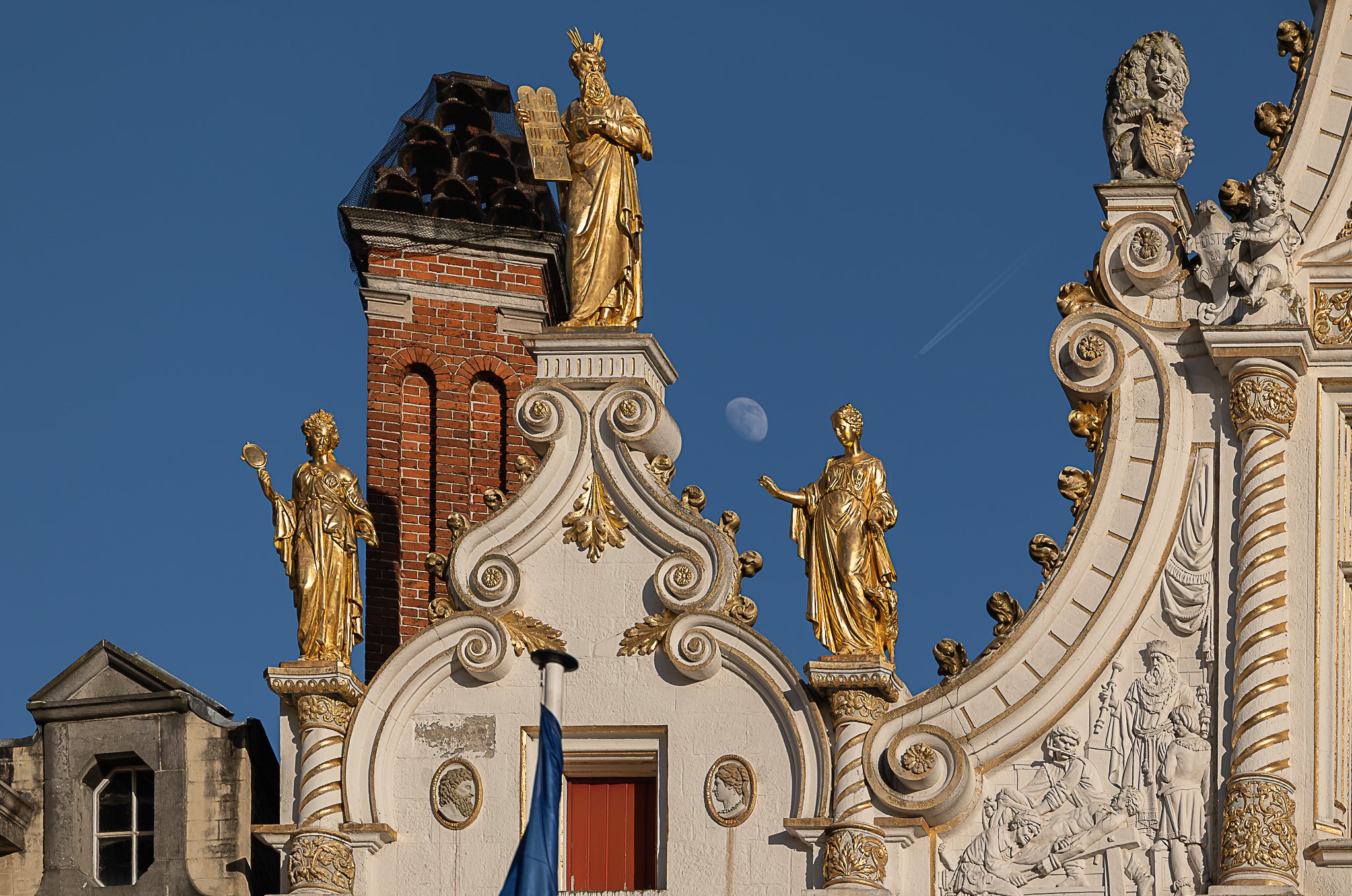Upon arriving in Ostend, Karl immediately went to Bruges, and on July 13, 1901 his book was stamped by the postmaster with the accompanying handwritten note: Im Brugge aangekomenaan 13 Juli 1901 am 8.10. There is a notation written by Karl next to those words that say: “Flemish Language”.
Belgium is a relatively small European country, snuggled between France, the Netherlands and Germany. French used to be the dominant language when France had control of Belgium, and then it was Dutch when the Netherlands had control. Independent since 1830, today, about 59% of Belgians speak Flemish Dutch as their primary language, and 40% speak French.
But the Dutch words are pronounced differently in Belgium than in the Netherlands –– this is Flemish. Flemish is one of the two official languages of Belgium, the other being French. Brugge is the Flemish name of the town, while Bruges is its French name.
It was my second visit to Bruges, and I was grateful for Karl’s visit so that I could return to this beautiful city that has been a UNESCO World Heritage Site since 2000. Considered to be one of the best-preserved medieval cities in the world, Bruges is like stepping into a fairytale town. Cobbled streets with old bridges situated over canals that wind through the heart of a city filled with churches, town squares, and buildings that range in style from Gothic to Renaissance.
Karl didn’t stay long in Bruges; he kept cycling onwards to Ghent and then to Brussels, and I haven’t seen any written documentation commenting about what he saw in Bruges. Like I mentioned in Karl Chronicle #80 I think he was just moving swiftly through Europe, eager to return to Nova Scotia.
While his stamped book confirms he was there, I do not doubt that he would have seen the imposing medieval Belfry Tower. Formerly the place used to store the city archives and treasury, it was also a handy observation post. The bells in the tower would ring to alert the residents with a distinctive ring denoting fires, significant occasions, and various times of the day.
There’s a modest entrance fee to access the 83-meter high tower and climb all 366 steps to reach the top. Thankfully there are rest spots on the way up offering information to learn about the history of the tower and Bruges, but also, more importantly, an opportunity to catch your breath.
I clocked 732 steps for the round trip up and down the Belfry and then spent a few more days exploring the rest of the city. I hope you enjoy the photographs highlighting Bruges.
In case you’ve missed them, click here for more Karl Chronicles
